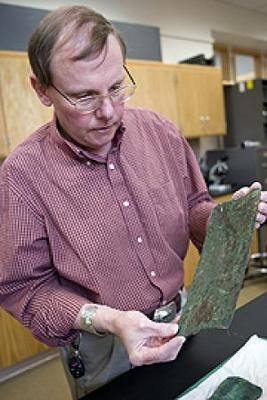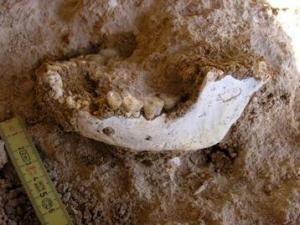On 4th of July weekend, NASA forecasts lights in the sky. No, not those lights. Look beyond the fireworks. Almost halfway up the western sky, just above the twilight glow of sunset, a trio of worlds is gathering: Saturn, Mars and the crescent Moon.
The show gets going on Friday, July 4th. Red Mars and ringed Saturn converge just to the left of the bright star Regulus. The three lights make a pretty 1st-magnitude line in the heavens:
sky map.
But that is just the beginning. On Saturday, July 5th, with weekend fireworks at fever pitch, a lovely crescent Moon joins the show. Saturn, Mars, and the Moon trace an even brighter line than the night before:
sky map.
Scan a small telescope along the line. You'll see Saturn's rings, the little red disk of Mars, a grand sweep of lunar mountains and craters, and just maybe - flash! - a manmade incendiary. How often do you see fireworks through a telescope?


